“If the church doesn’t catch up on technology and reach people where they are, it will become irrelevant.” That was the line that ignited a Twitter debate between myself and a multitude of people as they defended the sanctity of the church and the fact that the gospel will always be relevant. I tried to counter with what I meant by irrelevant but once certain people are offended, reasoning with them becomes an exercise in futility. One thing I also noticed was that the people I was debating with were not technically savvy but were biblically savvy and spiritually enriched so it was at that point that I realized we were coming from different perspectives and debating different outcomes. Thus, I had to change my approach and explain where the church is today, the evolution of technology and how they must become more integrated to remain relevant.
The Message
When it comes to discussing the impact of technology, social media, mobile and other digital things have had on the church, we seem to have two focuses, the message and the method. The gospel message has not changed since it was presented thousands of years ago. It’s a life changing message that we all agree has brought hope to millions and changed the world. The message is what we hear preached every week, lived everyday and conveyed to millions to help them walk in their purpose.
The Method
What seems to be lost amongst people that are against technology is the impact tech has had on the methods used to deliver life changing messages throughout time. I once heard an older pastor voice his displeasure with a younger pastor who preached from an iPad. The older pastor felt that the bible, in book format, was the best way to preach. I asked the older pastor why he didn’t preach from scrolls or stone tablets? Since he wanted to stick with traditional scripture methods and not embrace technology, then he shouldn’t selectively choose which technology is holy and which is not. The iPad that the younger pastor preached from was just as effective as the print bible in delivering the gospel message. It’s the method that evolves, not the message.
Let’s look at how technology has evolved the delivery method of the gospel.
● Oral Communication - the original gospel delivery method
● Stone Tablets - Technology tools to write on stone
● Scrolls - technology to create paper and ink to write
● Printing Press - technology that allowed bibles to be printed and distributed to the masses
● Radio - Created a medium to take messages to the masses quickly
● TV - Gave a visual medium to take gospel messages to masses
● Internet - Created an online network that could connect people from all around the world and gave a platform for mobile and social media.
● Social Media - Networks that embrace the social nature of people and are a natural extension of how churches connect with people.
● Mobile - Fastest adopted technology with over 6B mobile devices worldwide and 3B internet users, over 2B are mobile.
Each of these methods provides an advancement in the ability to fulfill the great commission and more efficiently and effectively take the gospel message around the globe. And the best part of it all is that the message isn’t changed or diluted, it’s just conveyed using the method that’s best received by the masses.
In looking at the churches today, I see them communicating an impactful message using relevant methods. The problem is that the “relevant methods” vary so greatly from church to church that as time progresses, if those methods don’t keep up with the changing technology and social networks we all use for every other aspect of life, then the message will start to get lost in the tuned out noise that we all ignore.
When we look at the methods that we use to reach the masses we know that we have a variety of ways, traditional and digital, to connect with and grow our audiences. Each of these ways are effective in certain ways and ineffective in others but we all can agree that technology, especially mobile and social, are some of the most effective ways to stay connected with our growing audiences. Lastly, another mobile and social point, when we look around our hallways after services, outside the sanctuaries from adult and youth services, we often see people on mobile devices using social networks, and if they are doing this at church, then just imagine how much they’re doing this in their everyday lives...let’s meet them where they are on the devices they carry around and the networks they stay logged into.

